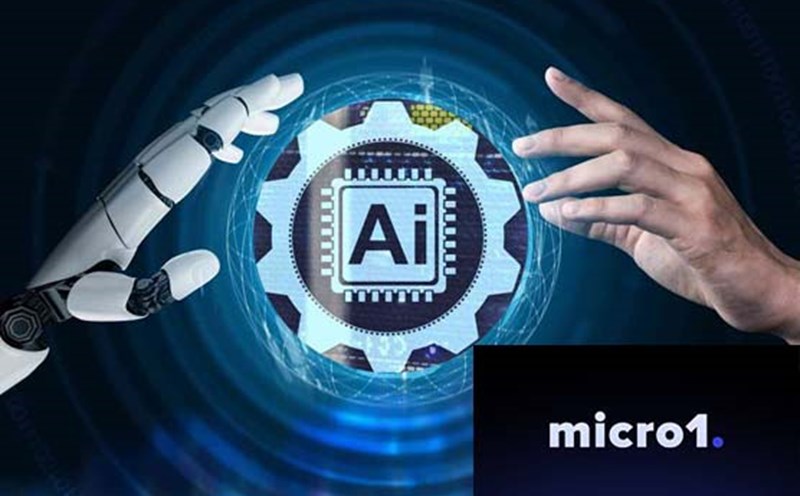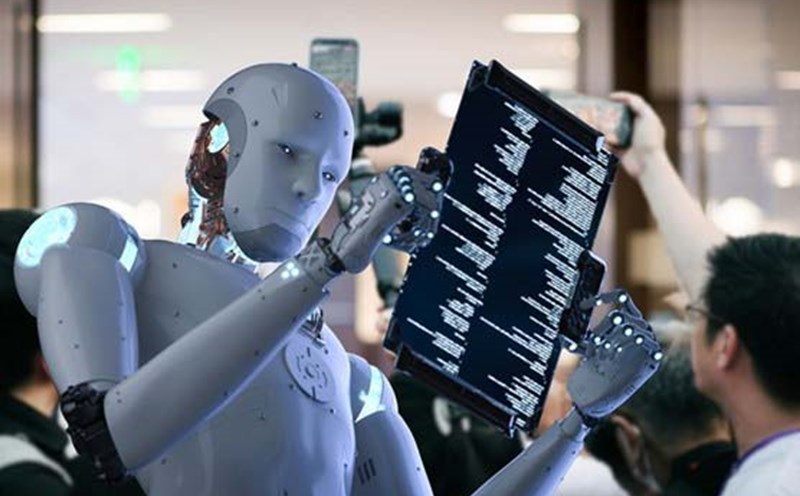The Nano Banana trend is causing a global storm when turning conventional photography into realistic 3D models.
The tool behind this trend is Google's Gemini 2.5 Flash Image, allowing users to create extremely detailed thumbnails with just a few text commands, from pets, celebrities to personal portraits.
No one needs to be technical, anyone can participate in creating virtual statues in just a few minutes, according to hindustantimes.
However, Nano Banana is just the tip of the iceberg. Technology experts say that a series of other AI tools are opening up the ability to create far beyond small statues.
Imagen 4 is Google's main photo creation AI model, which cannot edit existing photos like Nano Banana, but can create a completely new image with high authenticity.
From portrait photos to product photos, Imagen 4 promises to bring almost professional quality photography. Users can also combine Imagen 4 and Nano Banana to create and fine-tune details.
Meanwhile, OpenAI's DALL·E 4 stands out for its flexibility. This tool allows you to expand the framework, replace details, or insert new objects seamlessly. With just a simple command, users can create quick and unique designs.
Not wanting to stand outside, Adobe has integrated AI into the creative toolkit with Firefly and Express. Firefly targets professionals who need brand synchronization and retail refinement, while Express suits the immediate design needs for social networks.
More simple and practical, Canva AI Image Generator provides a solution exclusively for social media users. Integrated directly into Canva, this tool supports fast image creation with designs optimized for Instagram, Facebook, TikTok.
Finally, DeepAI chose another direction: to encourage experimentation rather than focusing on authenticity. Users can customize their style, even integrate APIs to develop their own creative products.
Obviously, Nano Banana is just the beginning of the wave of AI applications in images. As technology develops, the line between popular tools and professional creative equipment is increasingly blurred, opening up a potential digital creative era.








